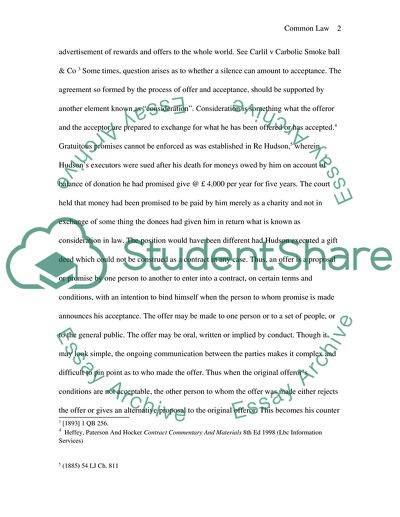Cite this document
(Informal Reply on the Creation of Legal Relationship for the Managing Assignment - 1, n.d.)
Informal Reply on the Creation of Legal Relationship for the Managing Assignment - 1. Retrieved from https://studentshare.org/law/1561258-common-law
Informal Reply on the Creation of Legal Relationship for the Managing Assignment - 1. Retrieved from https://studentshare.org/law/1561258-common-law
(Informal Reply on the Creation of Legal Relationship for the Managing Assignment - 1)
Informal Reply on the Creation of Legal Relationship for the Managing Assignment - 1. https://studentshare.org/law/1561258-common-law.
Informal Reply on the Creation of Legal Relationship for the Managing Assignment - 1. https://studentshare.org/law/1561258-common-law.
“Informal Reply on the Creation of Legal Relationship for the Managing Assignment - 1”, n.d. https://studentshare.org/law/1561258-common-law.


